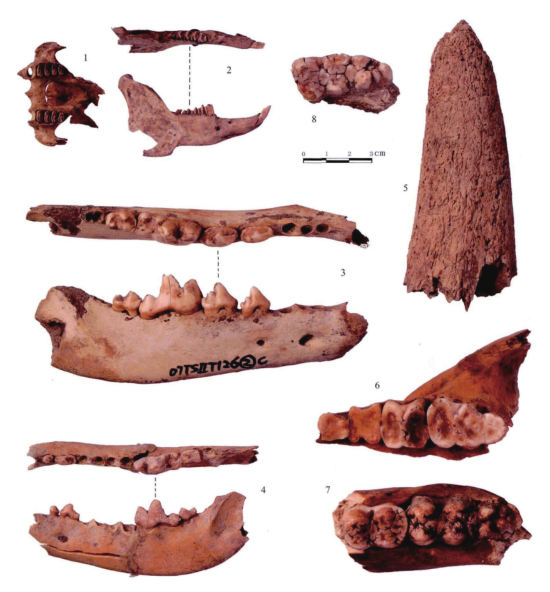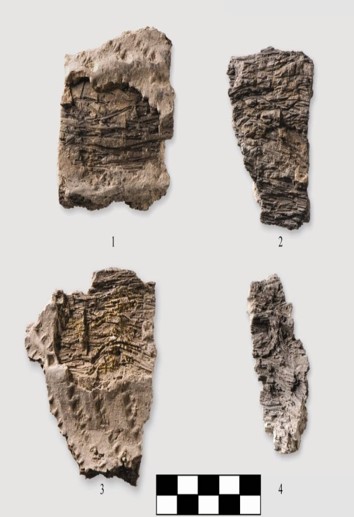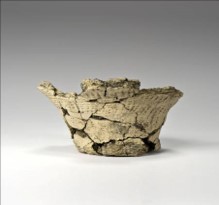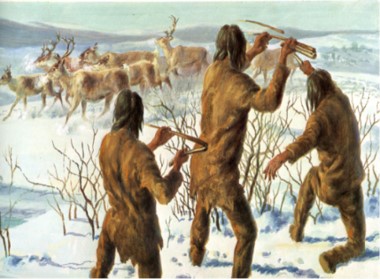Laboratory bioarchaeology and Quaternary environmental research teams, Tang Zhuowei, Zhang Quanchao, etc., based on the animal remains and living environment of the Shuangta Neolithic site and Houtao Muga site known earlier in Northeast China, using comparative anatomy, etc. Methods: A new round of research on the survival mode of ancient humans in northeastern China was carried out. The results showed that the Shuangta site was in a dry and cold climate about 10,000 years ago. The ancient humans mainly hunted small animals such as Mongolian rabbits and ring-necked pheasants. , Also engaged in fishing, belongs to the economic form of broad-spectrum meat resources; combined with the analysis of the unearthed stone tool combination, it is inferred that humans at that time adopted a broad-spectrum production model based on fishing, hunting and gathering economy. The paleoenvironmental study revealed that the first phase of the Hootau Muga site had a humid and cold climate, and the grasses were luxuriant. Humans used grasses as materials for mixing. The appearance of carbon pottery proved that grasses and humans are closely related. The increase in pollen content of undergraduates may be related to the secondary development of plants. After the third stage of Taomuga, the climate is warm and humid, with richer vegetation and more suitable for human survival.
The results have important academic significance for revealing the economic and cultural life of ancient humans such as food choices, hunting behaviors, livestock and poultry breeding patterns, and restoring the ancient ecological environment; it provides a research paradigm for animal archaeology in the context of post-process archaeology, and improves the discipline of animal archaeology The system improves the cognition level of animal archaeological research.



双塔遗址部分出土动物遗存 后套木嘎一期出土的夹碳陶


一万年前东北地区古人类生存模式复原图